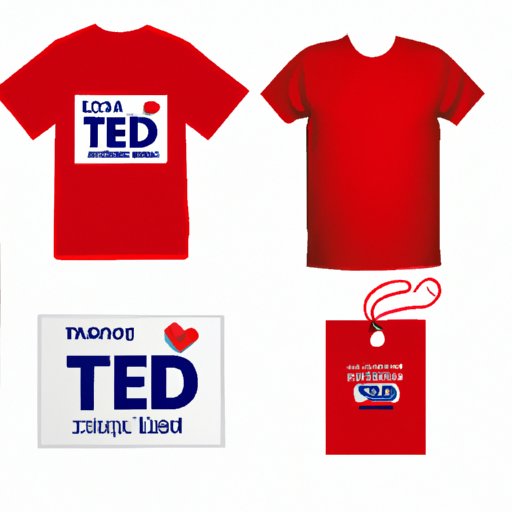
I. Introduction
TED is a non-profit organization dedicated to spreading ideas and knowledge through engaging talks and events. Founded in 1984, TED has grown to become one of the most influential platforms for sharing ideas and insights. TED’s mission is to provide a space for people to learn and share knowledge, and to inspire action around some of the world’s most pressing issues.
This article provides insight into the different ways TED makes money. Whether you’re a loyal TED follower or just interested in the business model, this article offers a comprehensive overview of the revenue streams that support TED’s initiatives.
II. Advertising
One of the primary ways TED generates revenue is through advertising. TED Talks have become increasingly popular over the years, with millions of views on various platforms, including YouTube and the TED website. Advertisers are attracted to TED’s large, intellectual audience and the opportunity to promote their products or services.
In addition to ads on the website and during online videos, TED also partners with various companies to create sponsored content. These ads often feature messages that align with TED’s values, such as promoting innovation or social change. TED carefully selects sponsors to ensure their values align with the organization’s mission.
III. Sponsors
Another significant source of revenue comes from sponsors. Sponsors help support TED by contributing financial resources and other forms of assistance to make events and initiatives possible.
There are different types of sponsors for various TED events. Some of the more high-profile sponsors include companies and organizations such as Google, IBM, and the Rockefeller Foundation. These sponsors often provide financial contributions, in-kind donations, and assistance with event planning and logistics.
IV. Donations
Donations play a crucial role in funding TED’s initiatives. TED relies on contributions from its supporters to continue providing engaging and informative content to a global audience. Donations can come from individuals or organizations, and can range from small amounts to significant financial contributions.
TED’s website features a donation portal that makes it easy for supporters to contribute. TED also offers special membership perks as a way of incentivizing donations. Supporters can become members of TED and receive access to exclusive content, early ticket access to events, and other benefits.
V. Licensing
TED also generates revenue through licensing its content. TED Talks, in particular, are highly sought after content that many organizations want to add to their websites or use as part of their marketing campaigns. TED licenses its talks and other content to third-party websites and companies for a fee.
Notable third parties that have licensed TED content include Apple, Hilton, and Netflix. Licensing fees can range from a few hundred to several thousand dollars, depending on the scope and duration of the license.
VI. Live Events
TED generates significant revenue through its live events. TED conferences, for example, are highly coveted tickets that sell out quickly. These events feature engaging and informative talks, as well as networking opportunities and other activities.
In addition to ticket sales, TED generates revenue through sponsorships, exhibitor fees, and donations from attendees. Live event revenue is a significant contributor to TED’s overall funding and helps make future initiatives possible.
VII. Membership
TED offers a paid membership program that provides members with access to exclusive content, early ticket access, and other benefits. Membership fees help support the organization’s initiatives and allow TED to continue providing engaging and informative content to a global audience.
Membership fees range from $5 to $25 per month, depending on the level of benefits desired. Members can also contribute additional funds as donations, helping to further support TED’s initiatives.
VIII. Merchandise
Finally, TED generates revenue through merchandise sales. The organization offers a range of merchandise, including t-shirts, mugs, and other branded items. Sales from these items support TED’s initiatives and help make future events and activities possible.
Merchandise is available for purchase online through the TED website and is also sold at live events. Many supporters purchase merchandise as a way of showing their support for TED and its mission.
IX. Conclusion
TED generates revenue through a variety of channels, including advertising, sponsors, donations, licensing, live events, membership, and merchandise sales. These different sources of income enable TED to continue providing engaging and informative content to a global audience, as well as support various initiatives designed to promote innovation, social change, and other important goals.
Whether you are a supporter of TED or simply interested in the organization’s business model, understanding how TED generates revenue is crucial. By supporting TED’s initiatives, you can help promote the spread of knowledge and ideas and contribute to making the world a better place.




